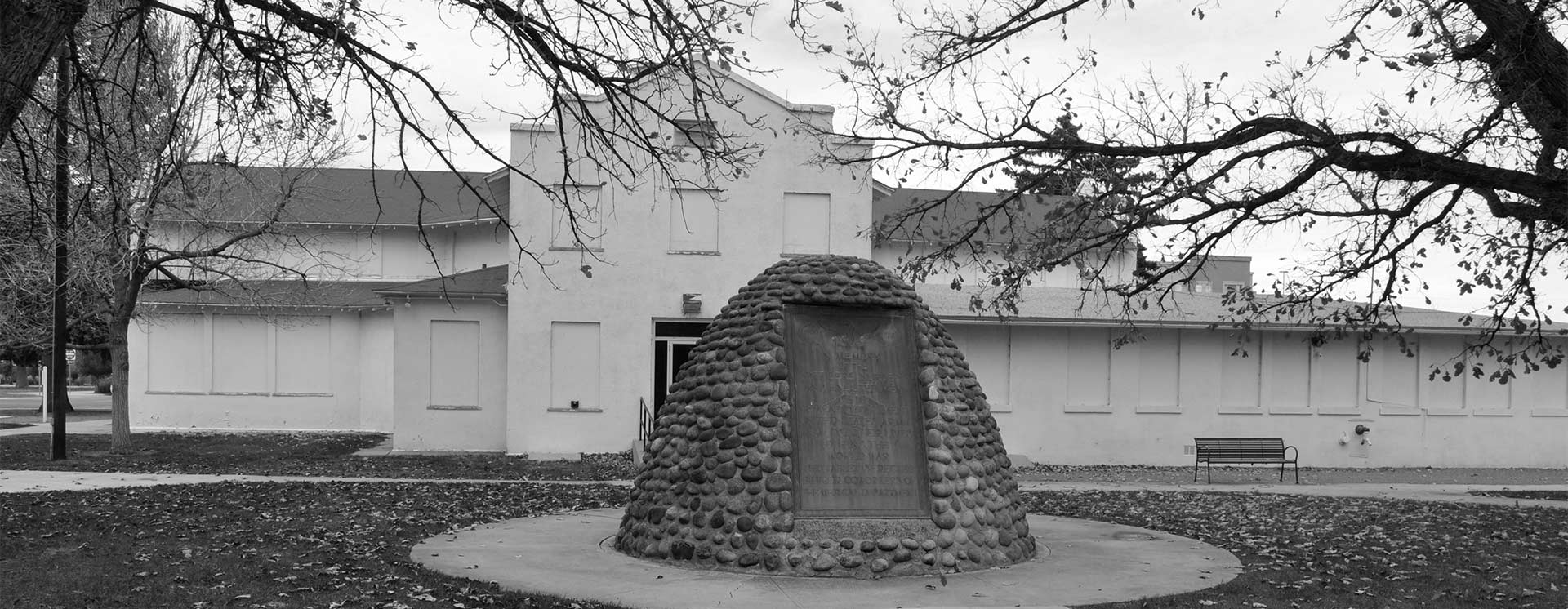
World War One Sites - The NETWORLD Database
Heroes Mausoleum in Focsani, Vrancea County, Romania
Construction works of the Focsani Mausoleum began in 1926 thanks to a public contribution, with the support of the Putna Branch of the Society of the Last Resting Place of War Heroes, and of the local officials. The construction was damaged during the Second World War, but especially after the War, during the occupation of the Russian troops.
The design and construction of the Mausoleum were entrusted to the architect State Balosin, who used the Byzantine art as an inspiration source, the curved lines, as well-marked arches succeeding in demonstrating a part of the history of the nation. The mausoleum was built of brick, stone, and concrete, and was based on a cross-shaped plane. This was a Byzantine inspirational construction with three spiers. The lateral domes, arched on three half spheres, were shaped as a curved line tier. On the front, placed above the main entrance, supported by two columns with a composite capite, the inscription "Pro Patria" can reads, highlighted by a rich vegetal ornamentation.
The mausoleum in Focsani undergone several centralizations; in 1936, 1,904 heroes were buried in the ossuary, and 418 heroes were buried in individual tombs, amounting to a total of 2,422 heroes.
http://www.muzeulvrancei.ro/mausolee/mausoleul-focsani/
https://once.mapn.ro/pages/view/130
http://www.monumente-vrancene.ro/circuit-monumente/mausoleul-eroilor-focsani
Romania, South-East Region, Vrancea County
Type of WWI-heritage
- War monument
Dimensions
State of repair/preservation
In 2008 it underwent extensive restoration works. The restoration work was completed in the summer of 2012.
Historical WWI Context
The mausoleum was built in memory of the heroes who fought in the First World War for the reunification of the nation. In Focsani, the German occupation regime established its headquarters for civilian administration. During this occupation, the inhabitants of the city and those of the county suffered a series of atrocities, such as: requisitions, destroyed houses, deportations, arrests and, last but not least, forced labour for the benefit of the German Army. (http://www.muzeulvrancei.ro/mausolee/mausoleul-focsani/)
A history of Romania's participation in World War One can be found on the following website: http://www.marelerazboi.ro/ (in Romanian only)
Historical Images
State of legal protection
This is an objective included in the List of Historic Monuments, classified as historical monuments type B (VN-III-m-B-06592), according to the Order of the Minister of Culture no. 2.828/2015
Owner
Vrancea County Council
Kind of cultural use of WWI
Opening
The monument can be visited throughout the entire year between 9.00 and 17.00.
Entrance Fee
4 RON for adults, 2 RON for children, 2 RON for a group (Source: information obtained directly from the owner via telephone, in November 2017)
Information regarding cities, villages, other touristic attractions (non-WWI) nearby
Accomodation
Public Transport
Bucharest - Ploiesti - Buzau - Focsani - Tecuci - Barlad - Vaslui railway line (https://www.cfrcalatori.ro/) . Focsani rail station
There are regular bus / minibus journeys through which the city is connected to other cities in the country and abroad (http://www.autogari.ro/Transport/Bucuresti-Focsani)
The local transport network (buses) is well represented within the city (http://www.tpfocsani.ro/trasee-si-statii.html)
Further information sources
Other heritage sites nearby
Museums Private Collections
Heroes Mausoleum in Focsani, Vrancea County, Romania
45.681045 27.182733 fileadmin/res/images/layout/standar-marker.pngLocation
